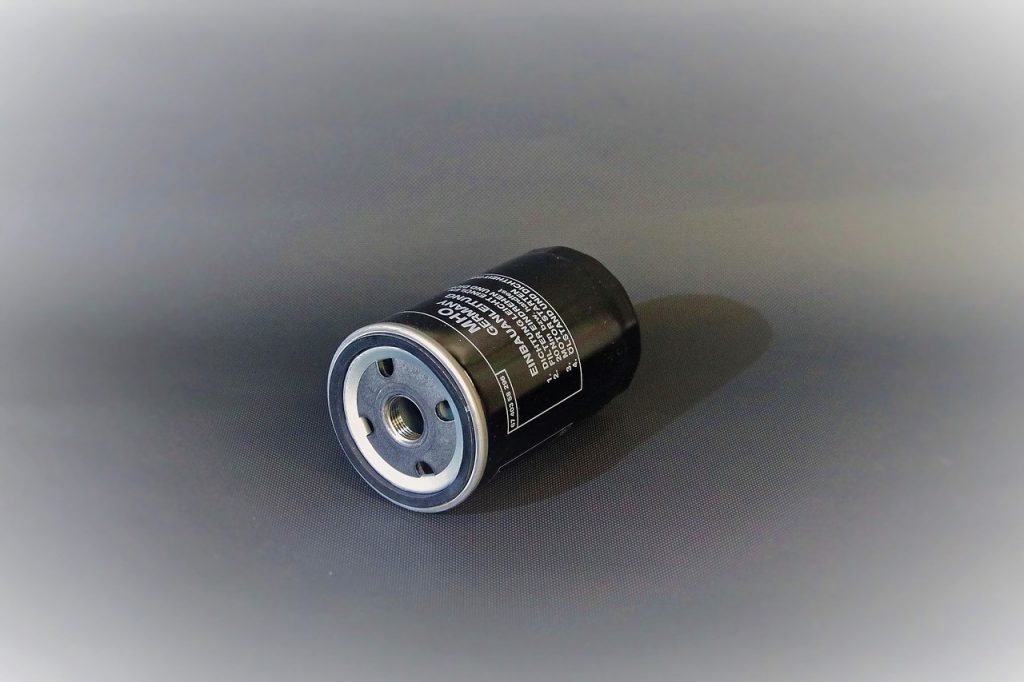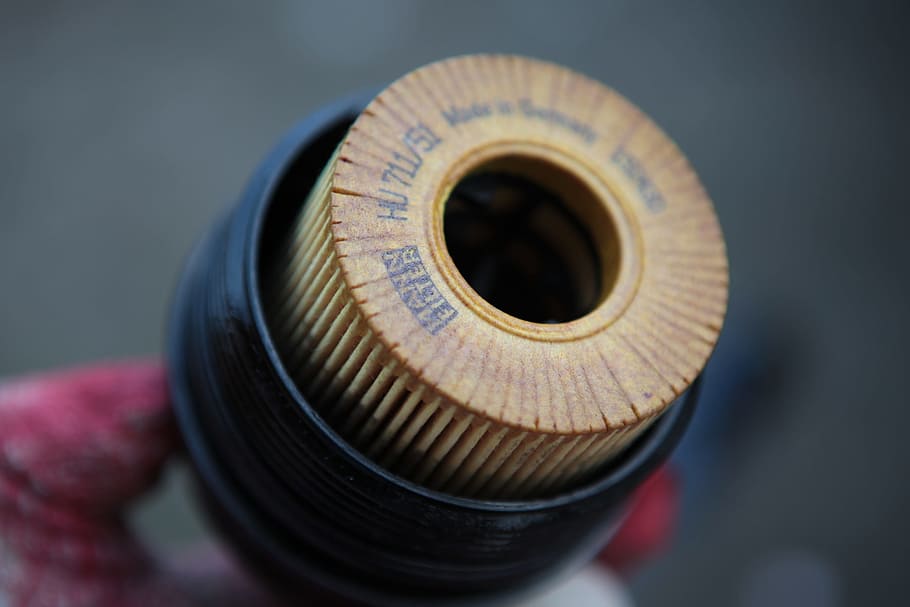Summary
– Oil filter: what role does it play in an engine?
– How to change your oil filter
– Different types of oil filters
The oil filter is one of the critical elements for excellent maintenance of your car, and more precisely, of its engine. By contributing to a healthy supply of oil to the engine block and preventing it from clogging, you help extend your engine’s life and can even reduce your fuel consumption.
On the other hand, saving money on this item can be dangerous for your safety and enormously increases the risk of damaging your engine, which would have costly consequences later on. Let’s take stock.
Oil filter: what role does it play in an engine?
The oil filter, powered by the oil pump, is an element to which you must pay special attention to maintain your car correctly. And with good reason: while the importance of an oil change is evident, the same is true for the oil filter, which is essential for the proper functioning of the engine.
Oil is used to lubricate the engine, but it needs to be purified before it passes through your car’s various mechanical parts. It thus acquires a more substantial lubricating power and preserves the state of the engine by limiting friction.
Technically, a well-maintained oil filter:
– captures mechanical residues due to engine wear, but also oil oxidation residues or sludge formed by low combustion;
– allows only particles smaller than 15-20 microns to pass through, allowing only purified oil to pass into the engine.
On the other hand, if you change your car’s oil without changing the filter, the oil change becomes less efficient:
– The impurities from the old oil mixes with the new one, which will be less lubricating.
A filter that is too old can be defective: in the worst case, a too dirty filter can even let impurities through.
Different types of oil filters
The oil filter can come in several forms:
– A block consisting of a filter cartridge surrounded by a metal block that screws directly onto the engine is the most common model.

– A cartridge in a cylindrical housing: in this case, only the cartridge needs to be changed. Usually, these parts are dark blue or black and are located under the engine block.
Inside these housings, the porous paper that filters the oil is folded in an accordion shape over several layers, thus increasing the filtering surface.

On the price side, you will find oil filters between $5 and $20.
Changing your oil filter
The simplest way is to follow the manufacturer’s maintenance booklet, but generally, the filter must be changed:
– during an oil change;
– approximately every 10,000 km on a petrol car and every 15,000 km on diesel vehicles.
An oil pump delivers about 15 L of oil per minute of driving, so about 200 m3 are filtered when driving at a speed of 50 km/h for 10,000 km.
Good to know: Factors such as short trips with many “jolts” or harsher driving conditions (high temperatures, sandy areas, seaside, etc.) cause the oil filter to wear more quickly and therefore require more regular oil filter replacement.
How do I change my oil filter?
Once you have located the oil filter:
– Loosen it with a filter wrench and then unscrew it quickly by hand to prevent a massive oil spill.
– Clean the bearing surface with the engine with a cloth.
– Oil the base gasket to make the next disassembly easier.
– Reassemble the new filter. After screwing it in, tighten it securely with the wrench.
Good to know: do not throw the old filter in the trash, but take it to your garage for recycling.
You can read further here:



One thought on “How to Change an Oil Filter”